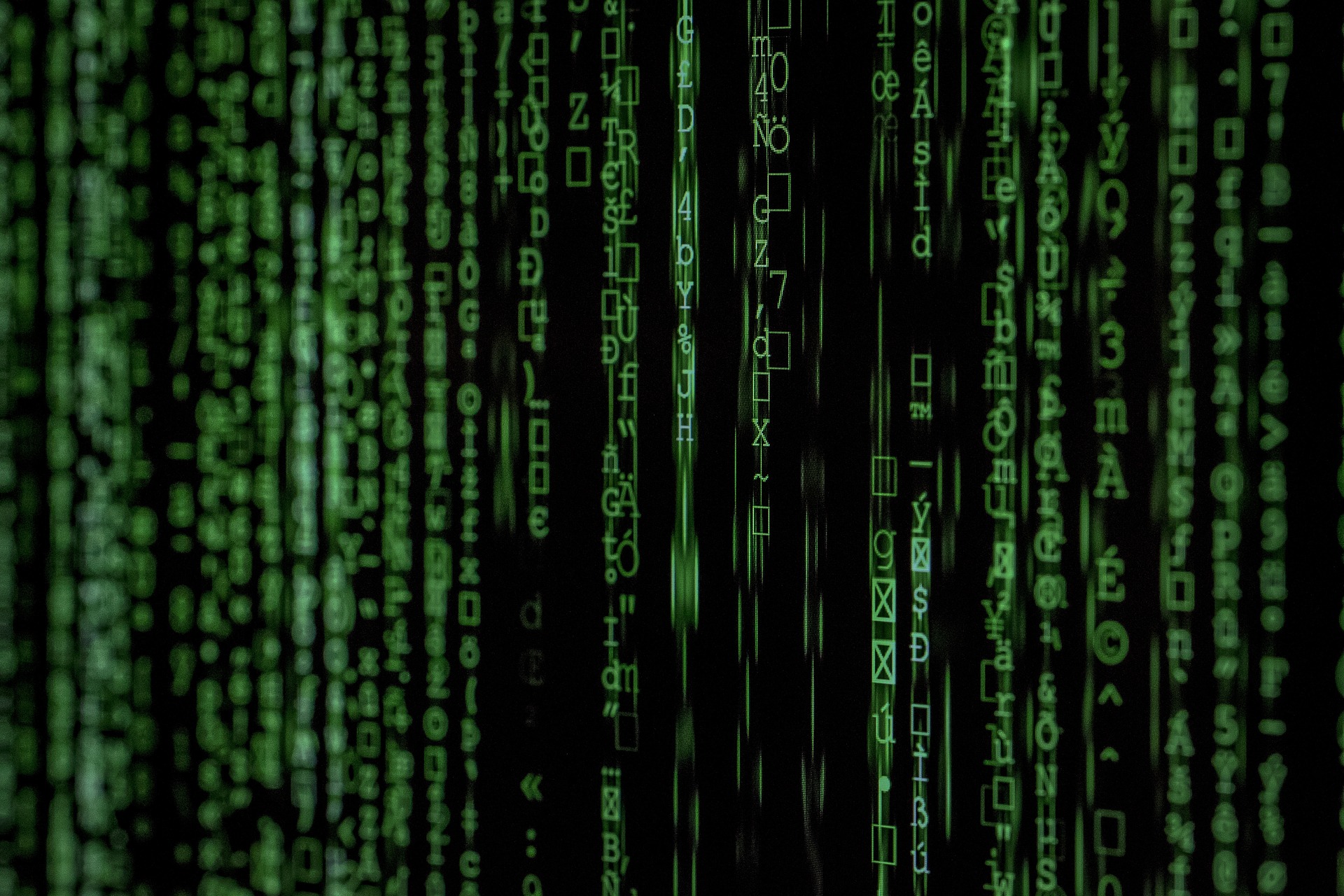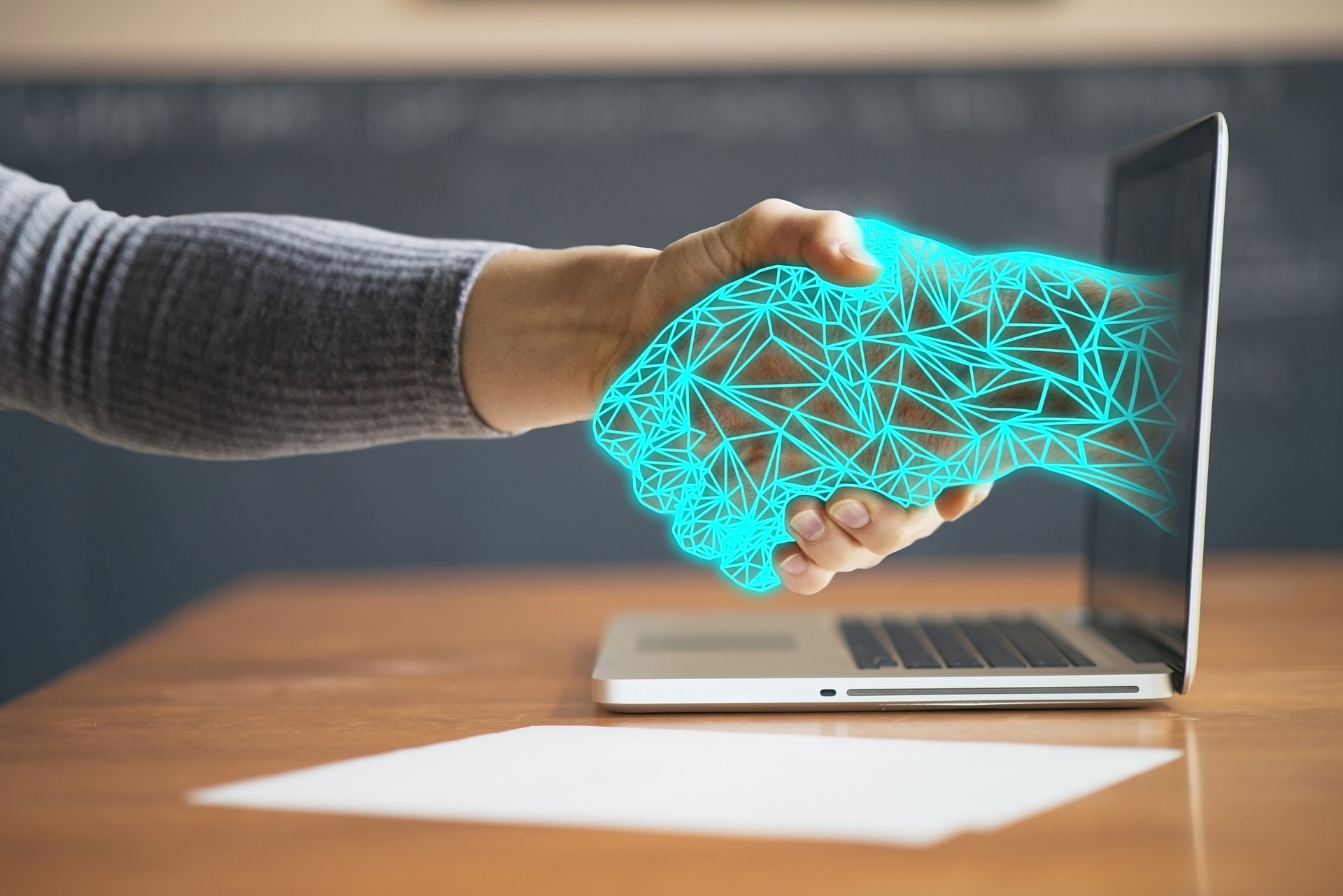
by Rebeca | Mar 8, 2023 | cybersecurity
Strengthening Cybersecurity in the Tourism Sector: How IAM Services Can Help
In Soffid we understand the importance of cybersecurity in the tourism sector. With the industry’s increasing reliance on technology, the risk of cyber attacks is higher than ever before. For this reason, IAM services are crucial to the tourism sector, as they provide robust security measures to protect customer data and business operations.
Data breaches
One of the most significant cybersecurity risks facing tourism businesses is data breaches. Attackers can steal sensitive customer data, including credit card details, passport numbers, and other personal information. These breaches can be devastating for both customers and businesses, as they can result in identity theft, financial fraud, and other malicious activities.
IAM services provide robust security measures to prevent data breaches, such as multi-factor authentication and access control. These measures ensure that only authorized users can access sensitive data, reducing the risk of unauthorized access and data theft.
Ransomware attacks
Another cybersecurity risk for tourism businesses is ransomware attacks. In these attacks, attackers take control of the company’s computer systems and demand a ransom to restore access. These attacks can cause significant disruption to business operations, resulting in lost revenue and damage to reputation.
IAM services also provide solutions to prevent ransomware attacks, such as privileged access management and endpoint security. These measures ensure that only authorized users can access critical systems and data, reducing the risk of ransomware attacks and other cyber threats.
In conclusion, cybersecurity is a critical consideration for the tourism sector, and IAM services are essential to protect against cyber attacks. By implementing robust security measures, such as multi-factor authentication, access control, privileged access management, and endpoint security, tourism businesses can safeguard their data and operations against cyber threats. As a leading IAM service company, we are committed to helping tourism businesses strengthen their cybersecurity and protect their customers and reputation.
Shall we talk?
Image by Q K in Pixabay

by Rebeca | Mar 1, 2023 | soffid
Cyber attacks are a growing concern for businesses of all sizes, as hackers seek to exploit vulnerabilities in information systems and steal sensitive data. In the face of these threats, it is critical for organizations to take a proactive approach to security, including the implementation of effective Identity Governance Administration (IGA).
IGA is the process of defining and enforcing policies and procedures for managing user access to systems and data, including the management of user identities, roles, and permissions. This process is critical for ensuring that only authorized users have access to sensitive information, and that access is granted and revoked in a timely and controlled manner.
Here are some key ways in which IGA can help protect against cyber attacks:
- Strong authentication methods: By implementing strong authentication methods and password policies, IGA helps to reduce the risk of weak or stolen passwords, which are a common cause of cyber attacks.
- Effective identity management: By managing user identities and permissions, IGA helps to ensure that only authorized users have access to sensitive information, reducing the risk of cyber attacks.
- Reduced risk of data breaches: By controlling access to systems and data, IGA helps to reduce the risk of data breaches and protect sensitive information.
- Compliance with industry standards: By maintaining compliance with industry standards and best practices, IGA helps organizations to reduce the risk of cyber attacks and protect against vulnerabilities.
To ensure the success of your IGA implementation, it is important to take a strategic approach and follow best practices. This may include establishing a cross-functional team, conducting a risk assessment, choosing the right technology, providing employee training, and monitoring and evaluating performance.
At Soffid, we have a deep understanding of Identity Governance Administration (IGA) and can help you implement an effective and secure IAM system for your business. Contact us today to learn more and protect against cyber attacks.
Shall we talk?
Image by Markus Spiske in Pixabay

by Rebeca | Feb 22, 2023 | cybersecurity
Cybercriminals have been targeting airports, and the travel industry in general due to the fact people tend to let their guard down when they travel. This posture is doubly compromised when you are the on-point admin for so much of your network.
Before you head out the door on vacation or business, there are luckily a few steps you can take to protect yourself from the perils of cybercrime no matter where your wanderlust takes you.
-
- Verify each Wi-Fi network before connecting. Look for official notifications regarding the network connection and make sure the name is accurate. Additionally, be aware of any notifications related to the computer being used on a shared network. If you are a system administrator, hopefully you either have a VPN in place, a jump box, or another form of technical security in place.
- Always keep your devices with you and avoid leaving them unattended in public places. Don’t forget to add password protection and encryption to sensitive files as well; this will ensure that any data stored on your device remains secure even if it falls into the wrong hands.
- Arm yourself with dual factor authentication, so if you are an executive or entrepreneur, and your account is somehow exempted in any way from MFA policies, change that immediately.
- Leave Blueprints so you will always have coverage. Even if you don’t have someone on staff, bring in a partner, a trusted advisor, or even someone with a related but indirect role.
These are just the basics of protection, but they become much more important once you access things as an IT professional or a system administrator. You are a target and to malicious outsiders, between travel and your role, you are a weak point to target.
Source:
(1) Travelagewest
(2) Forbes
Image: Rudy and Peter Skitterians in Pixabay

by Rebeca | Feb 15, 2023 | News
A study by Forrester Consulting, commissioned by Bounteous, a technology innovator to some of the most prestigious brands in the world, evaluated the state of digital transformation maturity and the benefits that companies at varying maturity levels have realized.
The study took place in September of 2022, so the findings are as relevant as they are revealing. The study results in a clear conclusion. It’s no longer an issue of whether to transform your business digitally. It’s how far down the rabbit hole you want to go and how fast you can do it. Continuous innovation is the new goal.
In summary, the study showed that advanced companies operate with greater agility and speed, allowing them to focus on customer satisfaction and employee empowerment. Not surprisingly, the study showed that advanced companies have significantly happier customers and employees and are twice as likely to experience double-digit year-over-year growth compared to their less mature peers.
Here are the top five objectives that drive this continued commitment to greater innovation:
- 66% – Improve existing IT capabilities to promote agility and innovation
- 60% – Improve the customer experience
- 57% – Improve customer retention
- 54% – Improve employee experience
- 50% – Become more innovative
Digital transformation is about changing the customer experience. While we often recognize the accelerated pace of business, today’s most successful companies ensure that they can move at the velocity of their customers through a closer engagement process, allowing them to understand their customers’ anticipated needs.
Source:
(1) Spiceworks
(2) Managementexchange
Image: kiquebg in Pixabay

by Rebeca | Feb 8, 2023 | cybersecurity
Between 2020 and 2021, the average number of attempted cyberattacks per company rose by 31%. And these attacks have cost businesses dearly with the loss of data, revenue, and brand reputation. According to one study, 60% of small businesses have to close their doors within six months of a breach.
In 2023, attacks will continue to escalate, targeting a wider attack surface than ever before, so it would be wise to take these attacks as a given and focus for this year on how cybersecurity professionals might respond.
1. Cybersecurity Spending
Cybersecurity spending is likely to increase becouse it’s become an essential budget line and, in many cases, now represents an organization’s license to trade.
As attacks and risks increase, so will spending as security continues to climb up the risk registers of organizations in both the public and private sectors.
2. State-Sponsored Cyber Warfare
Back in February and March of the past year, it was widely predicted that Russian-backed cyberattacks and disruption would become a significant issue. There will be 70 elections due to take place around the world in 2023, which have increasingly become a magnet for state-sponsored attacks wanting to cause confusion and exert influence.
3. Artificial Intelligence And Machine Learning
These technologies will play a major role in the development of automated security solutions that help predict patterns and behavior of attack.
4. The Internet Of Things
Our cars and homes are packed with software that invites bad actors to launch attacks, and the year ahead will see more of these devices targeted.
5. Cloud Security
The key cloud-related risk is how we actually engage with the technology at the periphery, as the main providers generally offer an extremely secure core environment. Organizations must be more proactive in the way they secure files as they’re upload.
6. Cybersecurity As A Leadership Issue
Next year, leadership teams and boards coming to understand that cyber is primarily a risk conversation. Many leaders have learned this lesson and will be far more effective in dealing with their CISO and security teams as a result.
7. Legislation
In 2023, we should expect more legislation holding vendors accountable. This will happen across the world in both the public and private sectors, leading to more maturity in the industry and increasing consumer confidence.
8. The State Of The Cybersecurity Sector
Investors will prioritize a route to profitability that will likely lead to a smaller number of cybersecurity players. Only strong solutions with existing and growing revenue driven by tried and tested technologies will make it through the next two years.
What’s key is to ensure that cybersecurity is at the heart of any organization’s digital strategy. It’s an enabler of growth. Those for whom cybersecurity is a strategic priority will be far better equipped to deal with any new risks ahead.
Sources:
(1) Forbes
(2) Spiceworks
Image: Werner Moser in Pixabay






